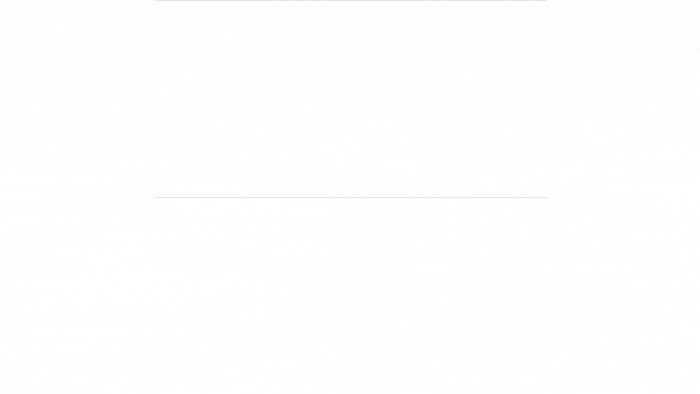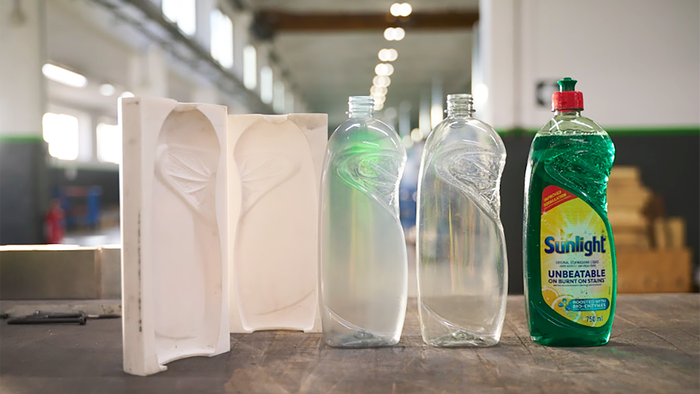The Power of Connected Packaging: Driving Revenue Through Consumer Connections
The benefits of using QR codes for smart packaging — and best practices for adopting them to strengthen retail consumer relationships and your brand’s position.

Sponsored Content
Consumers today encounter new brands everywhere they turn—whether they’re scrolling through TikTok, browsing the aisles of their favorite grocery store, or even listening to a podcast. And while competition for consumer attention is on the rise in these challenging economic times, businesses are also feeling the pressure of tightening wallets.
According to research from McKinsey, consumers are becoming more discerning about their spending habits, with younger consumers and low- and middle-income consumers “trading down,” — or changing the type or quantity of their purchases — for better pricing and value.
Faced with challenging market shifts and tightening wallets, brands are now looking for new opportunities to adapt and innovate. Consumer packaged goods (CPG) companies in particular are finding new ways to drive revenue as they compete for brand loyalty and mindshare, and they’re betting big on connected packaging.
Connected packaging is a direct line to consumers
One of the most promising developments in consumer engagement is connected packaging, which transforms traditional packaging into a direct and dynamic channel for interaction. By printing QR Codes directly onto product packaging, CPG companies can activate a direct line to consumers, bypassing traditional channels and putting the power to connect directly in their hands.
Connected packaging presents brands with the opportunity to drive revenue from repeat purchases, boost loyalty that leads to increased lifetime value, and gather valuable insights for targeted marketing activities. Here’s a look at why connected packaging is transforming how brands do business in 2024.
Personalization and tailored experiences
Data collected from interactions with connected packaging can be used to deliver personalized content and offers. For example, a consumer who frequently scans the QR Code on a particular product can receive personal recommendations or exclusive discounts right from the package.
A beauty brand might use connected packaging to recommend skincare routines based on the consumer’s past purchases and interactions. With connected packaging, brands can enhance the consumer experience anytime and anywhere.
Cross-selling and upselling opportunities
Brands can increase their average order value by linking to additional products through connected packaging. By suggesting complementary items or premium versions of products, brands can encourage consumers to purchase other products or explore higher-value options.
For instance, scanning a QR Code on a bottle of shampoo might lead to suggestions for other hair styling products from the brand. This strategic approach not only enhances the shopping experience by providing helpful recommendations but also helps drive additional sales and increase customer satisfaction.
Streamlining loyalty programs
Connected packaging also helps simplify the enrollment process and encourages participation in loyalty programs, driving customer retention and engagement. By simply scanning a QR Code, consumers can join loyalty programs, track their points, and receive rewards.
A coffee brand, for example, could use connected packaging to allow customers to easily rack up points and redeem free products or exclusive merchandise with each scan. As the integration of connected packaging becomes more prevalent for CPG brands, it's important to follow best practices to ensure a seamless consumer experience every time.
Best practices for adopting connected packaging
Every consumer interaction can be an inroad to more revenue. With the rise of connected packaging, brands now have a golden opportunity to enhance these touchpoints and drive sales. To maximize the potential of connected packaging, brands should adopt these best practices:
Use a clear call to action: Communicate the benefits of scanning the code and accessing digital content from every package. Entice them to engage further and potentially make a purchase by using language such as “Unlock exclusive offers” or “Access special content.”
Ensure accessibility: Design QR Codes for easy scanning across various environments and conditions. Make sure consumers can effortlessly access the information or offers provided by leaving adequate space for QR Code placement when designing your product packaging.
Leverage trusted tools: Use reliable platforms and technologies to deliver seamless experiences. Prioritize consumer trust to increase the likelihood of conversion by going with providers that have a track record of success.
Measure and optimize: Continuously monitor performance metrics related to consumer engagement and sales conversion rates. Make informed adjustments based on data to maximize revenue generation potential across all your connected packaging initiatives.
By adopting these practices, brands can create more compelling and effective connected packaging solutions that resonate with consumers and drive additional revenue.
Connected packaging is the future for brands
As technology advances, businesses that embrace innovation and adapt to changes in consumer behavior will be well-positioned to succeed in 2024 and beyond. With brand loyalty and revenue on the line, businesses need to invest in connected packaging to meet consumers where they are—both online and offline.
To learn more, visit Bitly, which provides connected packaging using QR code technology and services.
About the Author(s)
You May Also Like




